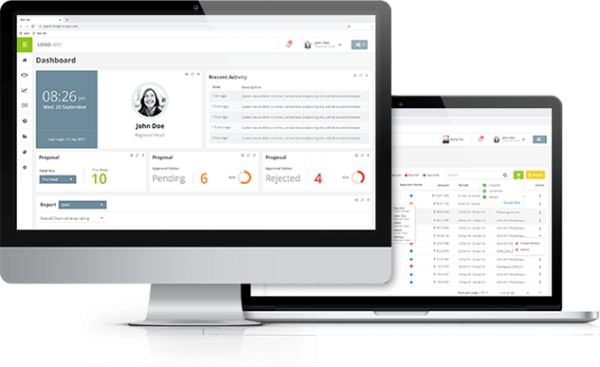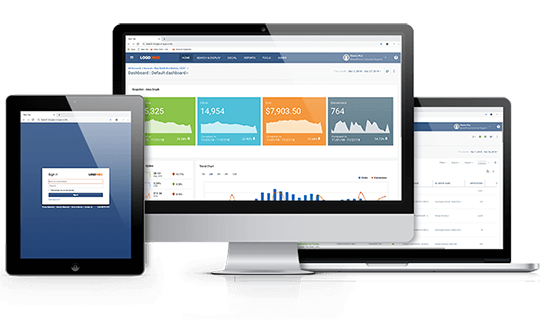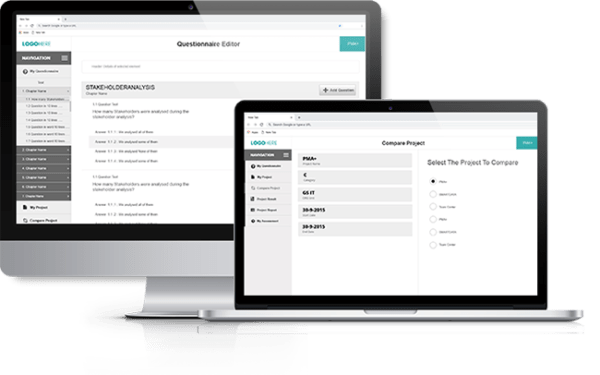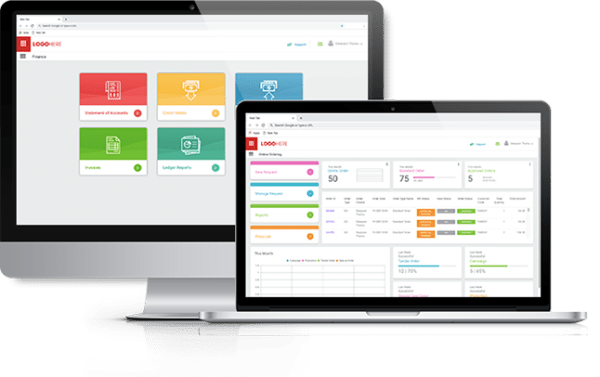In today’s digitally-driven world, businesses rely heavily on data to make informed decisions, drive growth, and maintain a competitive edge. However, with the increasing volume and complexity of data, ensuring its safety and availability has become a paramount concern for organizations. This is where robust disaster recovery (DR) plans come into play, providing a lifeline in the face of unforeseen disruptions. But what role does data migration play in shaping these critical plans?
Understanding Data Migration in the Context of Disaster Recovery
Data migration is the process of transferring data from one system or location to another, typically with the goal of upgrading systems, consolidating data centers, or transitioning to new platforms. While the primary focus of data migration is often on ensuring a smooth transition with minimal disruption to operations, its impact on business continuity and disaster recovery plans cannot be overstated.
The Interconnectedness of Data Migration and Disaster Recovery
Data Integrity and Availability: Data migration ensures that critical data remains intact and accessible throughout the transition process. In the context of disaster recovery, this means having accurate and up-to-date data readily available to minimize downtime and restore operations swiftly. By prioritizing data integrity and availability during migration, organizations can better prepare themselves for unforeseen disruptions. Data integrity ensures that data remains accurate, consistent, and trustworthy throughout the migration process. Without data integrity, organizations risk making decisions based on erroneous or incomplete information. Data availability ensures that critical data remains accessible and usable during and after the migration process. In the event of a disaster, having access to accurate and up-to-date data is essential for minimizing downtime and restoring operations swiftly.
Redundancy and Backup Strategies: During data migration, organizations have an opportunity to reassess their data redundancy and backup strategies. By implementing robust backup mechanisms alongside migration activities, businesses can enhance their ability to recover data in the event of a disaster. This ensures that even in the face of data loss or corruption, organizations can quickly restore operations without significant disruptions. Redundancy ensures that critical systems and data are duplicated across multiple servers or locations, reducing the risk of data loss or downtime due to hardware failures or disasters. Backup strategies provide a safety net by creating copies of data that can be quickly restored in the event of data loss or corruption during the migration process or a disaster scenario.
Testing and Validation: Data migration provides an ideal environment for testing and validating disaster recovery plans. By simulating various disaster scenarios during the migration process, organizations can identify potential weaknesses in their DR strategies and address them proactively. This iterative approach to testing ensures that organizations are well-prepared to handle any eventuality and minimize the impact of downtime on business operations. Validation ensures the integrity and accuracy of data migrated during the process, reducing the risk of errors or inconsistencies that could affect business operations or regulatory compliance.
Streamlining Recovery Processes: By consolidating data and optimizing storage infrastructure during migration, organizations can streamline their disaster recovery processes. This includes identifying critical data sets, establishing recovery priorities, and implementing efficient data recovery mechanisms. By simplifying and standardizing recovery processes, organizations can minimize recovery times and mitigate the overall impact of disruptions on business continuity. Streamlined recovery processes ensure business continuity by enabling organizations to quickly restore critical systems and data and resume normal operations following a disaster or disruption.
Best Practices for Integrating Data Migration with Disaster Recovery Plans
Comprehensive Risk Assessment: Conduct a thorough risk assessment to identify potential vulnerabilities and prioritize data migration activities accordingly. This ensures that critical data is migrated first, minimizing the risk of data loss during the transition. A risk assessment helps identify potential vulnerabilities and weaknesses in the data migration process that could lead to data loss, corruption, or security breaches. By assessing the likelihood and impact of various risks, organizations can prioritize their mitigation efforts and allocate resources effectively to address the most critical vulnerabilities first. Risk assessments ensure that data migration activities comply with industry standards and regulatory requirements, reducing the risk of non-compliance penalties and legal liabilities.
Continuous Monitoring and Testing: Implement robust monitoring and testing procedures throughout the data migration process to identify any anomalies or inconsistencies. Regular testing of disaster recovery plans ensures readiness for any eventuality. Implement automated monitoring tools that track key performance metrics, such as data transfer rates, error rates, and system availability, in real-time throughout the data migration process. Conduct regular testing scenarios to simulate various disaster scenarios, such as data loss, hardware failure, or network outages, during the data migration process to validate disaster recovery plans and identify potential vulnerabilities. Establish performance benchmarks and key performance indicators (KPIs) to measure the success and efficiency of data migration activities, allowing for continuous improvement and optimization. Set up alerting mechanisms to notify stakeholders of any anomalies or deviations from expected performance metrics, enabling prompt intervention and resolution of issues as they arise.
Data Encryption and Security: Prioritize data security by implementing encryption measures and access controls during the migration process. This helps safeguard sensitive data against unauthorized access or breaches, both during migration and in the event of a disaster. Use secure communication protocols such as HTTPS or VPNs to encrypt data while it’s in transit between source and destination systems. This prevents interception or eavesdropping by unauthorized parties. Implement encryption mechanisms to encrypt data while it’s stored on disk or in databases. This protects data from unauthorized access in case of theft or physical compromise of storage devices. Establish robust key management practices to securely manage encryption keys used to encrypt and decrypt data.
Documentation and Communication: Maintain detailed documentation of the data migration process, including backup schedules, recovery procedures, and contact information for key stakeholders. Effective communication ensures that all stakeholders are informed about the data migration process, including its objectives, timelines, and potential impacts on business operations. Clear communication delineates roles and responsibilities among team members, ensuring everyone understands their tasks and contributions to the migration effort. Transparent communication enables prompt identification and resolution of issues that may arise during the migration process, minimizing disruptions and delays.
The impact of data migration on business continuity and disaster recovery plans cannot be overstated. By integrating data migration activities with robust disaster recovery strategies, organizations can enhance their resilience to unforeseen disruptions and ensure the continuous availability of critical data. By following best practices and prioritizing data integrity, security, and testing, businesses can navigate the complexities of data migration with confidence and emerge stronger in the face of adversity. Connect with https://www.zinemind.com/ to learn more.












